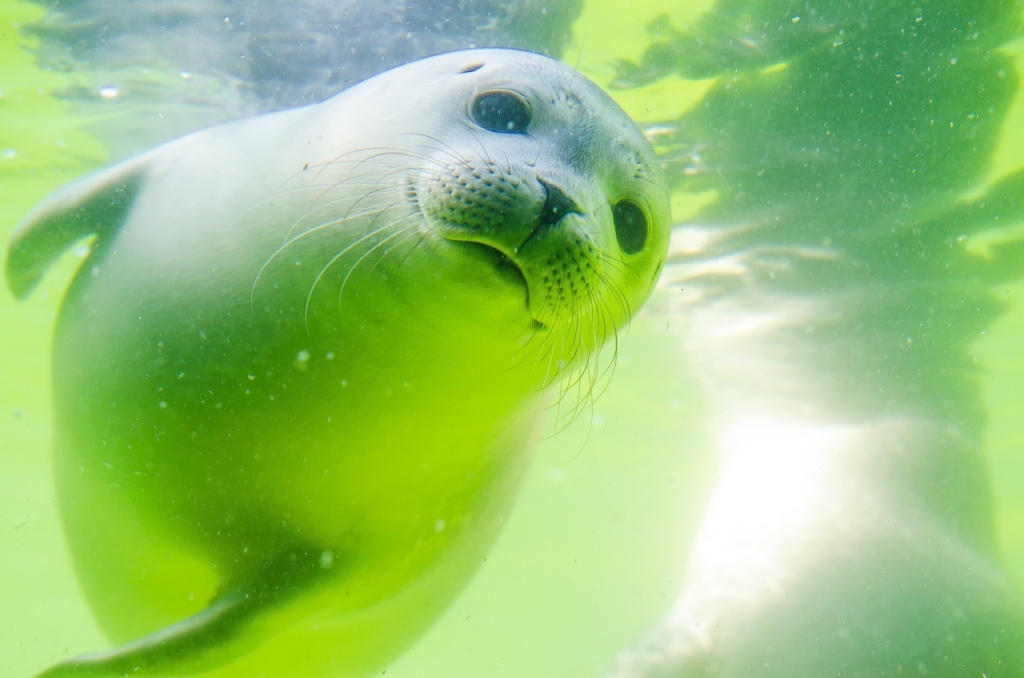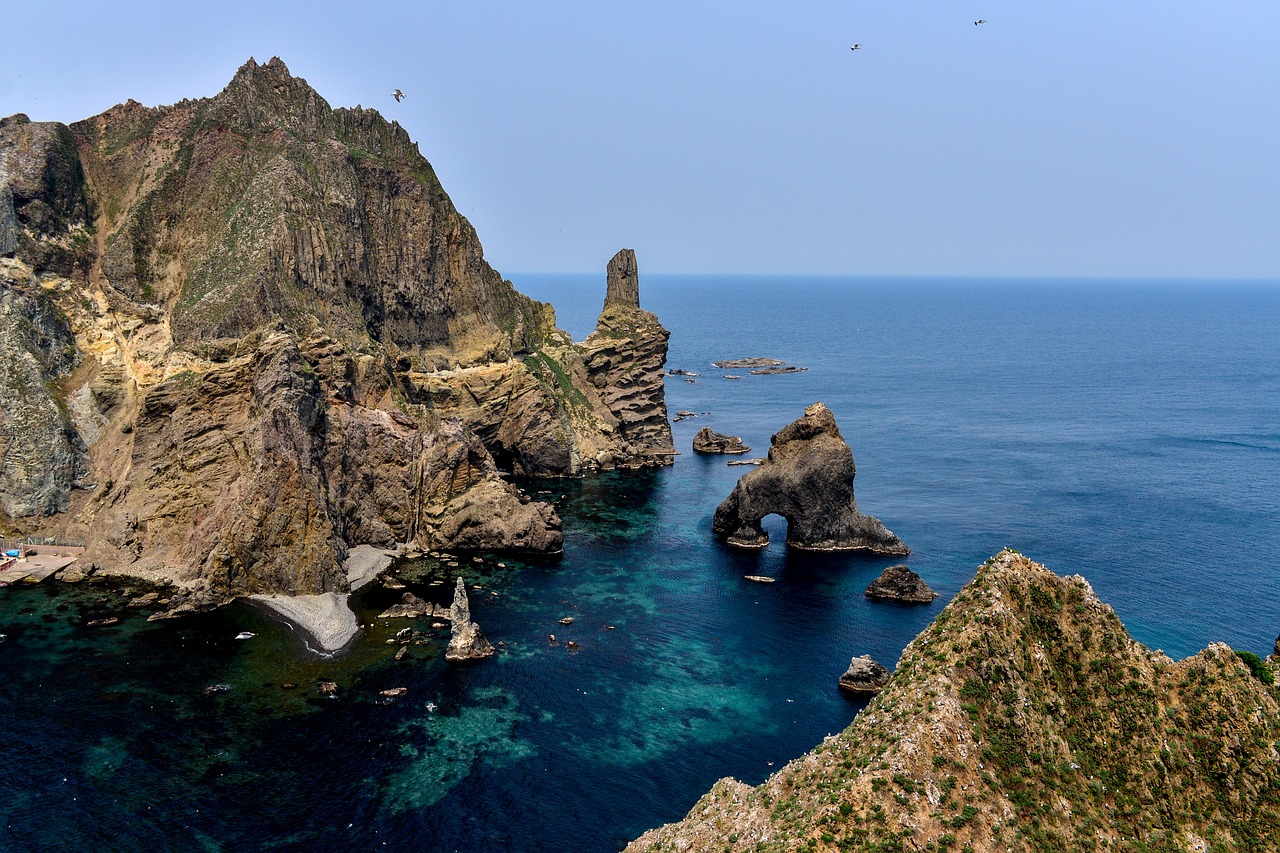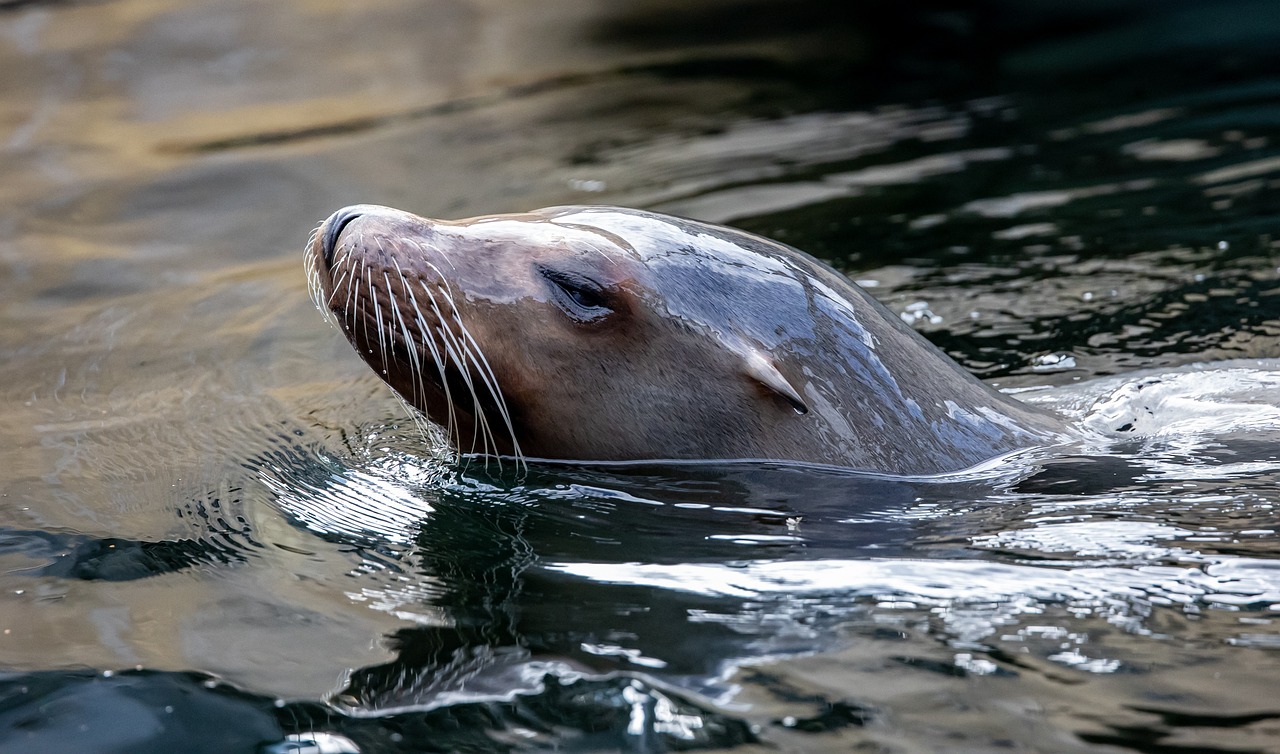Unveiling the Ocean’s Secrets: Sea Lions as Underwater Researchers
Across vast expanses of the Earth’s oceans, an enigmatic realm remains largely unexplored, leaving scientists both intrigued and perplexed. “For most of the ocean, we don’t know what the bottom looks like,” stated Nathan Angelakis, a dedicated Ph.D. student affiliated with the South Australian Research and Development Institute (Aquatic Sciences) and the University of Adelaide.
In a groundbreaking research initiative, Mr. Angelakis and his team enlisted the help of some extraordinary collaborators: Daphne, Phoebe, Iris, and Pasithea. These remarkable assistants, along with several others, donned underwater video cameras and dove into the uncharted depths off the southern coast of Australia, exploring areas that had remained unseen by human eyes until now. The footage they captured reveals stunning underwater landscapes, including lush meadows of leafy seaweeds and rugged rock formations adorned with vibrant corals. Notably, the recordings also feature the first-ever observation of a mother Australian sea lion teaching her pup the intricacies of hunting.
What set Daphne, Phoebe, Iris, and Pasithea apart as effective researchers was, quite literally, their identity as sea lions. The findings from this innovative camera work were recently published in the journal Frontiers in Marine Science. Mr. Angelakis and his colleagues aspire that the insights gained from these underwater excursions will enhance scientific understanding of how sea lions navigate and utilize various habitat types, while also informing conservation strategies to protect these vital ecosystems — especially as Australian sea lions face the threat of endangerment.
Traditionally, scientists have relied on remotely operated vehicles and towed cameras to map the ocean floor. However, utilizing such equipment can often be challenging and prohibitively expensive. Thus, Mr. Angelakis and his team sought an alternative method to survey the remote aquatic ecosystems surrounding Kangaroo Island and Olive Island in Australia. They ingeniously attached video cameras to the backs of the local sea lions, who are known to dive as deep as 300 feet in search of food.
With the necessary approvals from marine conservation authorities, Mr. Angelakis and his research team approached the wild sea lions on land. Only four out of the eight study subjects had been given names by local tour guides: Daphne, Phoebe, Iris, and Pasithea. The team administered a mild sedative to the sea lions, and while they were in a relaxed state, researchers affixed patches of synthetic wetsuit material—slightly larger than a credit card—to the backs and heads of the animals. Subsequently, small cameras and tracking devices were secured to monitor their speed and location during their underwater explorations.















